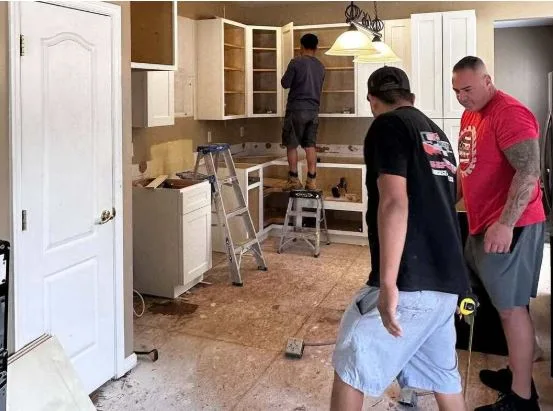The Most Common Remodeling Mistakes (and How to Avoid Them)
Home remodeling is a great experience of changing the place where you live, adding value to your property and building the home you always wanted to live in. Nevertheless, even the most good intentions in the case of renovation can soon fail unless they are properly planned and oriented. Budget overruns, design regrets, and other errors always come with rush remodeling by homeowners who have not been ready. Learning to avoid these pitfalls that are prevalent will go a long way in ensuring that your renovation yields the results that you are entitled to.
Underestimating the Budget
A common error that can be made in remodeling is the inability to formulate a realistic budget in the beginning. A lot of the homeowners are obsessed with material and labor expenses neglecting permits, inspections, temporary accommodation costs, and the surprise that is always lurking behind the walls. Unforeseen complications such as poor wiring, plumbing or structural complications will push the costs up fast beyond the original estimates.
In order to prevent budget disasters, increase your estimated costs by a contingency fund of 15-20%. Obtain written estimates by contractors in detail before construction starts, and do not succumb to the lure of making costly revisions during construction. Having an open dialogue with your contractor with regard to the budget limitation will help keep all people in line during the renovation process.
Skipping the Planning Phase
Engaging in demolition without proper preparation is a disaster. Homeowners who have a desire to experience progress tend to neglect important processes such as final designs, choice of material, and setting of time schedules. This rush gives way to expensive change orders and project delays and underperforming outcomes.
You should also take time to grow your vision first. It is important to think about how the new space will serve in the day-to-day, rather than how it will appear. Consider the traffic movement, storage, light demands, and the manner in which the changes would be incorporated with the existing architecture of your home. In the case of historical homes such as those in the region of Louisville, Kentucky, it is best to work with professionals such as Vincent Abell Contracting who can conduct renovations without damaging original crafts but within the current living standards- something that cannot be done without detailed planning and expert skills.
Selecting the Wrong Contractor
Home owners cannot afford to choose a contractor based on the lowest price as this is a common mistake. Unskilled or unreliable contractors can compromise corners, use low-quality material, fail to meet deadlines or quit projects altogether. The pressure and the cost of repairing poor quality work is infinitely more than any savings made in the first place by making a less expensive decision.
Rather, choose contractors that have good records, are licensed, well insured, and have good recommendations by former clientele. Find companies that have specialised in your kind of work -kitchen remodelling, home additions, or historical restorations. Meet with potential contractors face to face, inquire and ask specific questions about their process and have a feeling of what is right and wrong in communication and professionalism.
Violations of Permits and Building Codes
There are homeowners who are trying to avoid taking permits in order to save their money or to complete their projects faster, yet such oversight is fraught with severe consequences. Illegal working is punishable by fines, removal of the renovated work, and difficulties in selling your house. The reason why building codes exist is because they are for your protection and when you disregard them, you jeopardize your family.
Always check on the permits that your project needs and make sure that your contractor gets all the documents filled. Respectable contractors are aware of local laws and can include timelines of permits in project schedules, avoiding delays and ensuring that all the work is done at the standards that are used nowadays.
Overlooking Future Needs
The remodeling decisions that are done based on the lifestyle today, might not work out with you five or ten years down the line. Homeowners pay more attention to the existing trends without paying attention to the possibility that their needs may vary. The expanding families, aging in place, the changing work-at-home needs are all influencing the way spaces ought to operate.
Flexibility in design. Take into account the universal design concepts that support movement, calculate sufficient supply of electricity to be used in the future and select classic finishes that withstands the modern trends. Careful planning brings about areas that are practical and attractive over decades.
Lack of Communication During the Project
Mistakes between the house owners and the contractors lead to frustration, delays, and poor outcomes. Projections regarding materials and timeframes or the design specifics will result in the incongruent output.
Develop effective channels of communication early on. Have regular progress meetings, make decision in writing and deal with issues as they arise instead of letting them grow. Establishing a collaborative relationship with your contractor is the means of getting everybody working towards a shared vision.
Conclusion
Effective home remodeling takes realistic budgeting, proper planning, selection of contractor, proper permitting, progressive designing and effective communication. These are the pitfalls that should be avoided, so that you can make the process of renovating your home more of a pleasure than a nightmare. You may be renovating a kitchen, extending the living area, or restoring a historic house, and looking at your project with preparation and patience will guarantee you improvements in the home that will add to the daily life over years.





